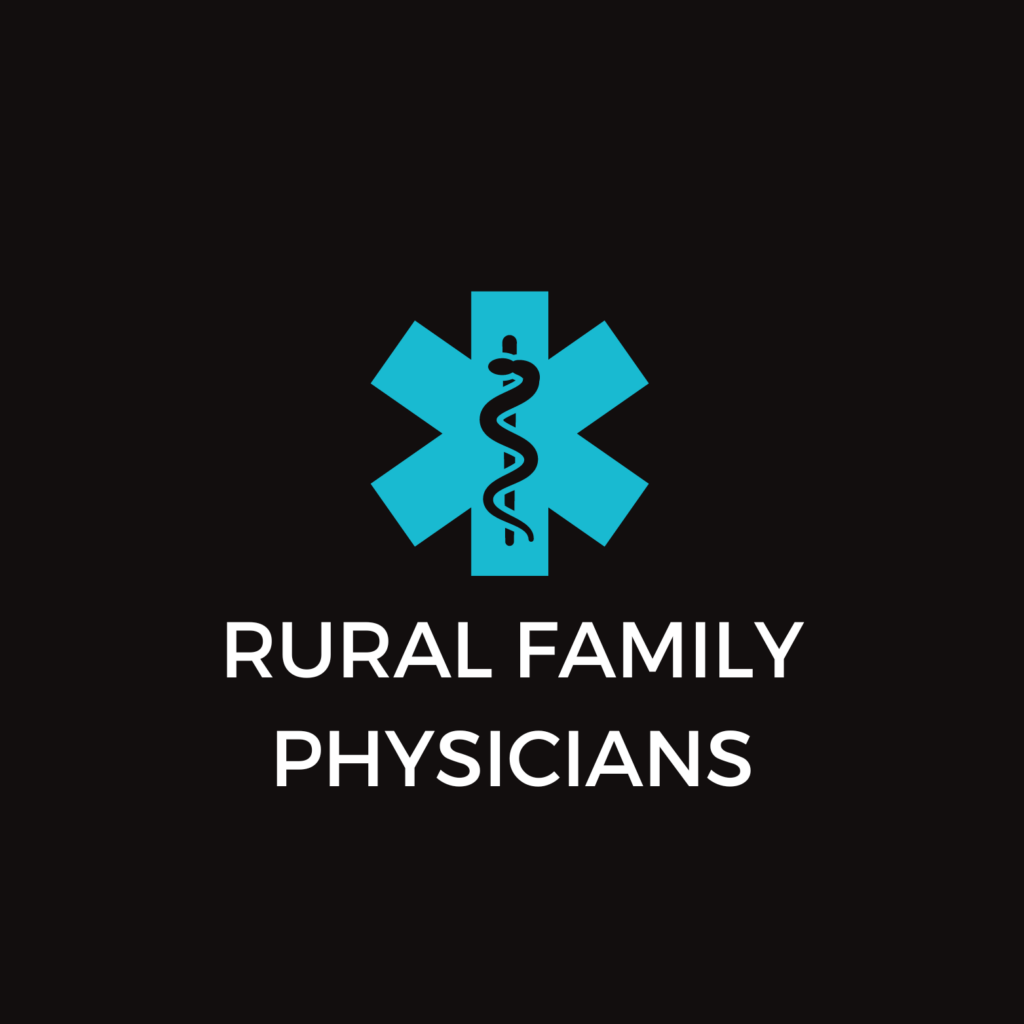Stanford University has put together a report through their Rural West Initiative at the Bill Lane Center for the American West on the changes over the last century in access to physician care in rural areas of the western United States.
Fearing a loss of agricultural productivity and rural community, Teddy Roosevelt formed the Country Life Commission in 1908 to investigate why the social and intellectual, as well as economic, aspects of country life were not keeping pace with city life. Of the six “deficiencies of country life” highlighted by the commission, “health in the open country” featured prominently. The report emphasized issues such as differential access to doctors, numbers of physicians per capita, and costs of rural health care, and all remain contemporary concerns. The Commission’s call for “increasing the powers of the Federal Government in respect to the supervision and control of the public health” could be pulled straight from today’s health care debates.
In spite of a broad increase in the number of doctors per capita in the United States and in the American West over the past century, many rural areas in the West have seen little or no increase. The fact that much of the rural West has seen little improvement in this basic measure of health care access is surprising, and it underscores the persistent remoteness of vast stretches of the rural West. But it also underscores the importance of improving physician access in the rural West.
Read the full report here.




